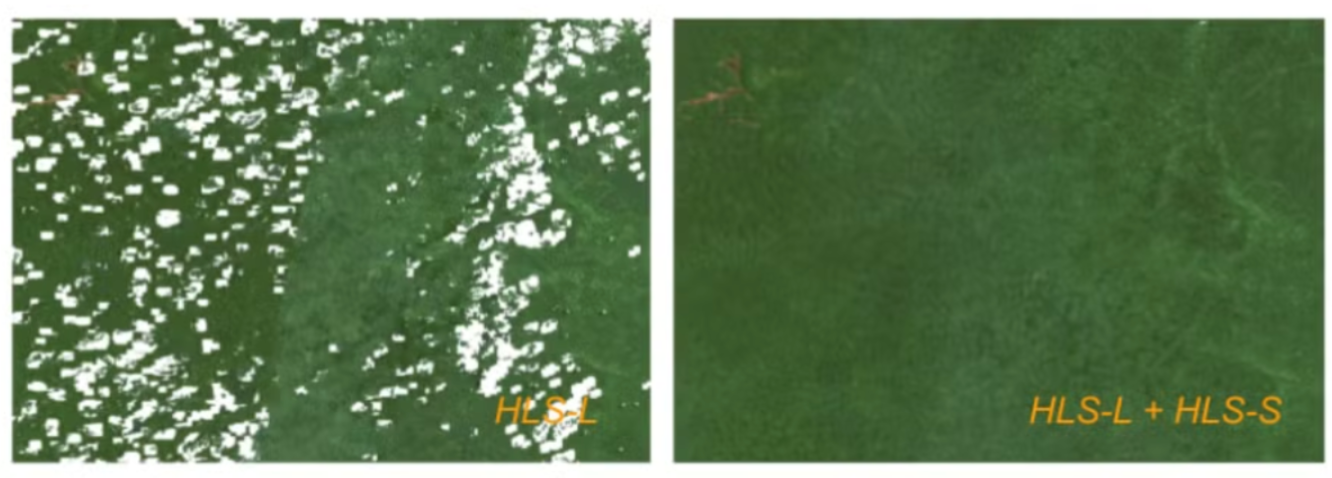How I Got Started Making Maps with Python and SQL
TL;DR Stephen Kent shares his journey making maps with Fused using Python and SQL.
I am a self taught developer and data enthusiast. I first came across the spatial data community when I saw a Matt Forrest video on LinkedIn where he demonstrated how to visualize buildings from the Vida Combined Building Footprints dataset with DuckDB. Immediately I thought, what if you could see all the buildings in a country, say, Egypt? I set out to do just that and made this map with DuckDB and Datashader.










